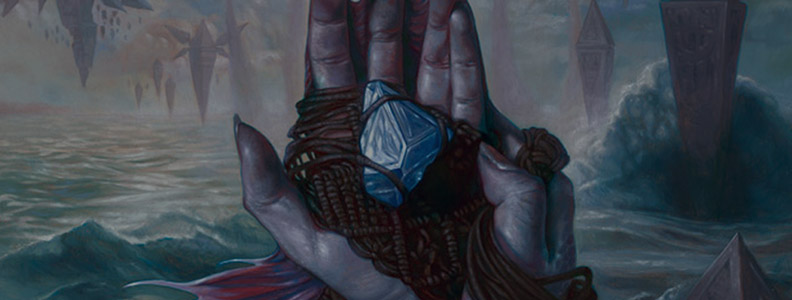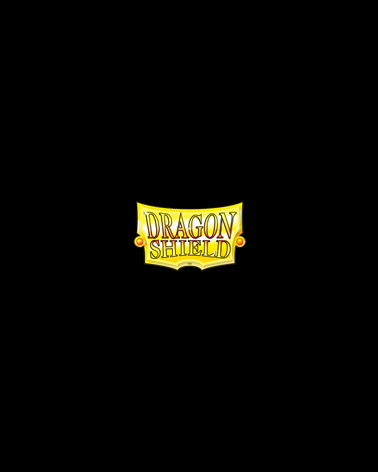Volkan Baga Interview
Welcome to our MTG Artists Interview, There’s No Magic Without Art.
Today we have the pleasure of sharing with you our interview with Volkan Baga, whose first card debuted twelve years ago.
This interview also features questions from our friends over on Reddit’s /r/magictcg!
We’ve asked for your questions, and the feedback was fantastic! so thanks to everyone that participated, we’ll be asking for more of your questions in the future!
Enjoy!
Hi Volkan. Could you give us a brief introduction about yourself?
Hi there, I’m a professional artist since I graduated in Illustration from the University of Applied Sciences in Wurzburg, Germany in 2002. I’ve worked for different kinds of clients such as game, book, and magazine publishers, advertising agencies, and private art collectors.
While I took on commissions of a broader range way back when my career started, I find myself focusing more and more on fantastic art such as Magic The Gathering. It’s a gorgeous way to dive into fantastic worlds with no limits other than my own imagination.

In which ways have you changed as an artist since your first card, about 12 years ago?
Technically there is no difference. I still pretty much use the same materials and procedure as I did with my first card. Oils, brushes, and panels. I assume that I’ve gotten better and better. At least I hope so. 😉
But I guess that the main difference is that I’ve gotten more confident with each card. I remember being a bit nervous when I did the first card. It took me forever to finish the art as I kept revising it till the deadline urged me to come to an end. I worked into the nights. I know that the constant revision didn’t make the art necessarily better, but I felt so.
Working on Magic cards for so many years is like merging with Magic’s World. At some point, I felt I’m part of it and that makes me feel confident. And that turned it into a natural and intuitive creative process.
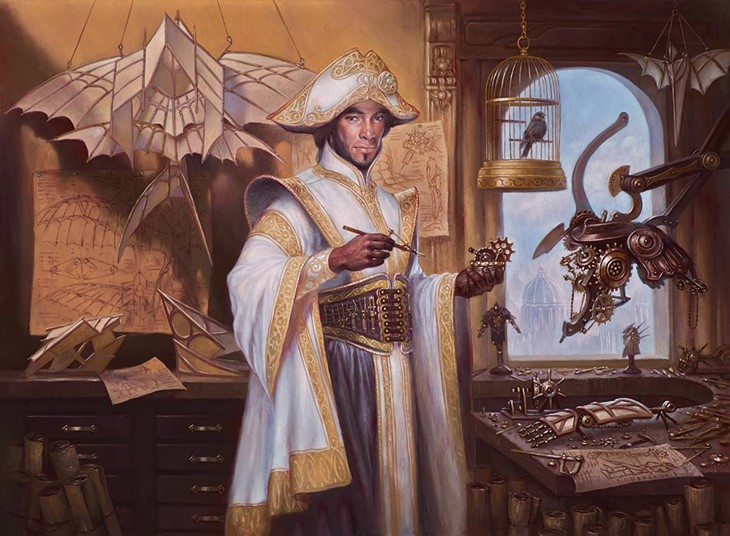
How did working with Donato rub off on your own art in smaller, non-hand-related ways we might not have noticed? (Asked by Reddit user ButtPoltergeist)
[NOTE: Volkan Baga is a former studio assistant to Donato Giancola, one of Magic’s most famous artists. Donato has been creating art for the game since 1996]
Donato pointed out the importance of narration in a painting to me. With him, I started strictly considering making every artwork a piece of the storyteller. I’m certainly very thankful for that input.
A beautiful painting alone doesn’t make a good painting. Once a painting starts to communicate, then you’re in a good way. It’s not an easy task, sometimes you fail.
It’s always worth working extra time on the narration. If you go into a museum and look at all the old masterpieces, you will realize they put a lot of effort into the storytelling.
That’s when you stand in front of such pieces and look at it for quite a while as it tells a story.

To develop your idea for a painting, you first do 2x3cm sketches. Could you show us some pictures of these incredibly tiny sketches?
I’m using my thumbnails to get an initial capture of my ideas. They are very quick and sometimes nobody other than me can decode the wild doodles. They help me to process the ideas from my head.
It’s a back-and-forth between my thumbnails and my imagination. Here are some examples right out of my sketchbook. You might be able to identify the actual cards that these thumbnails were for.
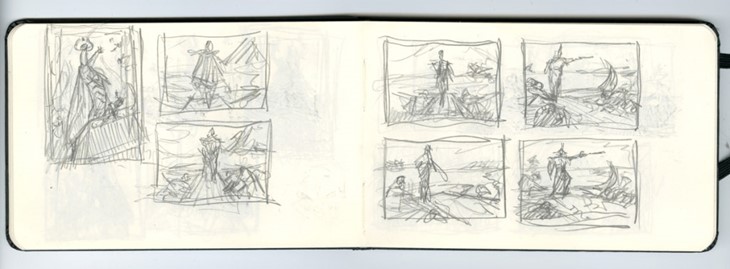
Your paintings often depict narrative-driven scenes where multiple characters interact; and there seems to be a tendency for complex compositions, where detail plays an important role.
They seem very challenging to paint, not only from a technical standpoint but also from a conceptual one. Is this something you agree with? What makes a painting particularly challenging to paint?
Yes, the more complex a composition is, the more challenging it is in any way. First of all, there is a story that I would like to tell. I have to figure out what the best way is to create a narrative-driven scene so it’s understandable to the viewer.
I’m thinking of individual elements at this point, e.g.: a kneeing servant in front of the main character to transport the idea of a powerful person, etc.
Second I have to figure out the composition where all individual elements come together in a nice artistic way. It’s not easy as I always have to double-check with the potential of negatively affecting the narration.

I read on your website that “the human and his emotions, as well as his personal story, are the focus of Volkan Baga’s works”. How do you transport these intimate feelings to the fantasy setting?
I transport these intimate feelings by sensitively using inconspicuous little gestures and mimics that make a big difference. We humans interact with each other in our daily life. Our voices are not the only organ that communicates.
Our body language is as communicative as our voices are. Therefore I’m using specific face and body expressions to transport intimate feelings. It’s a gorgeous way to bring characters to life.
Eyes, eyebrows, mouth, hand gestures, etc. are all excellent elements for emotional expressions. We, humans, know how to decode them as we handle it intuitively every day when we meet other people.
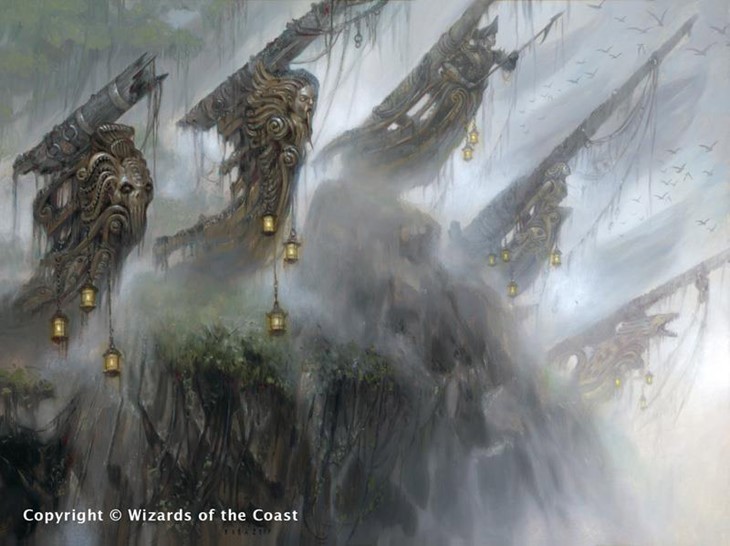
Do you have a favorite piece of your MTG art? Are any of them you’d like to do over or differently than you did? (Asked by Reddit user Zakreon)
It’s difficult to point out 1 specific favorite piece. I really like Elspeth-Knight Errant or Muzzio Visionary Architect or my Chrome Mox. Each of these has its individual attraction to me.
Would I re-do one of my pieces? Actually not. All of my works are an expression of the period of time when I did them. Each of them has a reason why they look like they do.
But would they look differently if I would do them today? Certainly, yes. There are so many aspects that will influence decisions. Inspiration for example makes a big difference.

My works are influenced by my surrounding. So, for example, my approach to a painting may look different if I’ve just returned from a trip from Italy compared to one from Japan.
While I’m working on a commission I constantly think about ideas. And ideas pop up by the influence of my environment, while I go out for a walk, look through books or do some sightseeing. So, the creation of an art piece is always a unique capture of an idea at that moment.
Is the artistic process different for a reprint compared to a brand-new card? (Asked by Reddit user aec131)
It may seem that it’s different, but in the very essence, it’s not. Of course, I look at the existing artwork first to get an initial idea of what the original looks like.
But after that, it’s the same procedure with the reprint as with a brand new card. I’m reading the art director’s description and try to find my own interpretation. The existing artwork is not important at this point anymore.
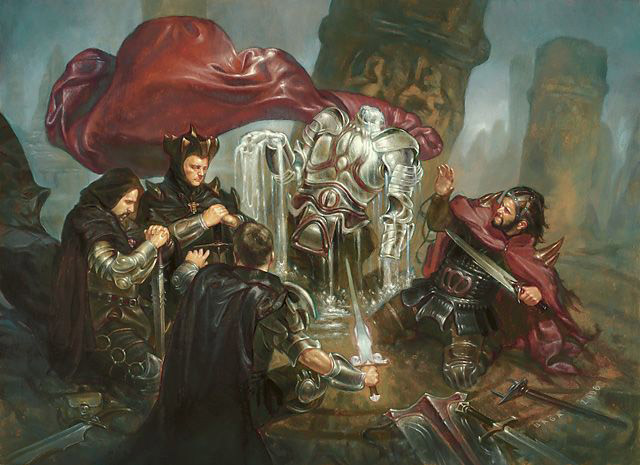
What would be your dream project/commission? (Asked by Reddit user Floral-Spuzzem)
I’m already pretty happy with my work for Magic. I painted my first card in 2005. So I’ve been continuously on board for 13 years and that is proof that I really love to be part of Magic’s universe.
It’s such a versatile and vital world. Every set has its new individual attraction. Additionally, I get commissioned for different kinds of cards, such as landscapes, artifacts, good guys, bad guys, creatures, etc.
It’s so broad that I’ve never gotten bored. Magic’s authors, concept designers, and art directors do such an incredible job of forming Magic’s universe.
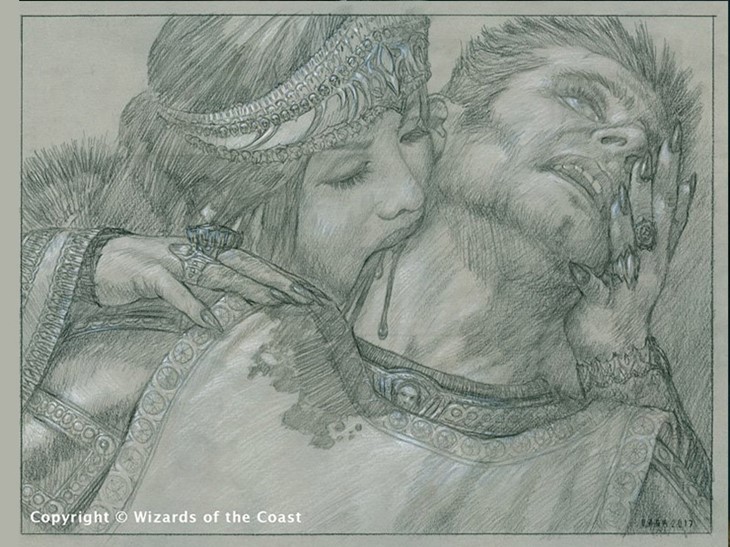
Nevertheless, something that may top Magic is finding some time to create my own personal art pieces. No deadline, no art direction, just my own art piece.
An example is my “Melody” series that I work on if my time schedule and muse allow it.
Of the five colors in the game, is their one that feels closest to home, artistically speaking?
It’s weird actually because normally I would answer that question with “white”. Nevertheless, if I do a black card I find myself thinking “damn, I really enjoy doing this piece”.
I guess it’s the balance. The “Yin & Yang” thing. No light without shadow. Everyone has a white and black side. So my true answer would be black and white.

You can find more about Volkan Baga’s work on his website.
Recommended Posts
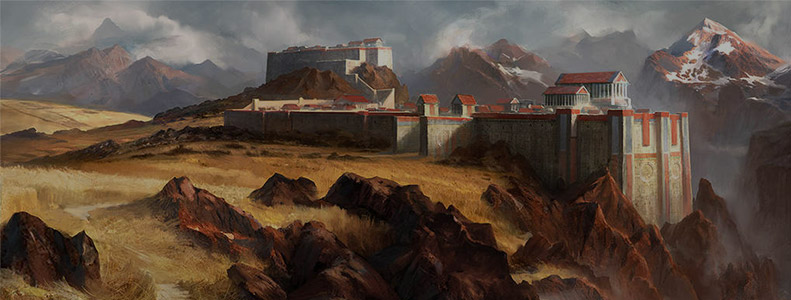
Adam Paquette Interview
Welcome to our MTG Artists Interview series There's no Magic without art. For this week's interview, we talked with Ad
Read More
Anson Maddocks Interview
Welcome to our MTG Artists Interview series There's no Magic without art. We're very happy to share with you our talk
Read More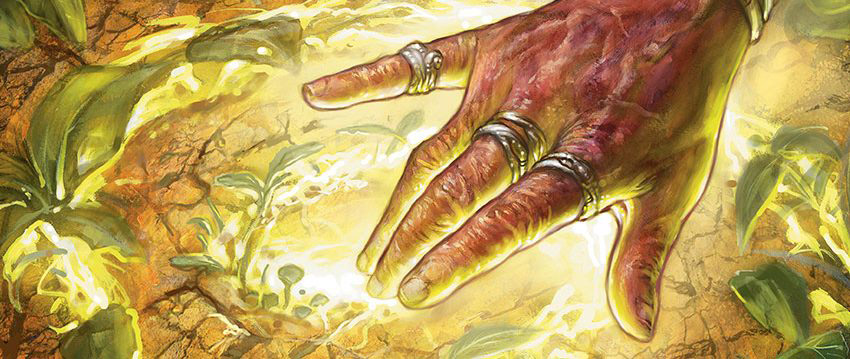
Anthony Palumbo Interview
Welcome to our Artists Interview series - There's no Magic without art - where we talk to artists about their work on
Read More